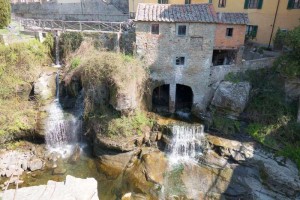 Yes, Bryce Canyon. Seriously. Something you’d never expect in my beautiful Tuscany. And yet, this “canyon” is practically in our backyard, only a 45 minute drive from where we live in Florence. But let’s start from the beginning.
Yes, Bryce Canyon. Seriously. Something you’d never expect in my beautiful Tuscany. And yet, this “canyon” is practically in our backyard, only a 45 minute drive from where we live in Florence. But let’s start from the beginning.
We spent Saturday with a couple of friends of ours (the same ones with whom we went to Siena a few weekends ago, and who spent New Year’s Eve with us in Austria…poooh, I still have to publish that post, by the way, argh!).
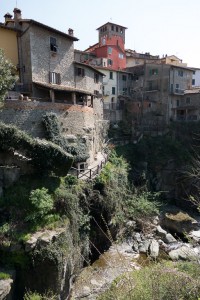 We had planned on visiting Loro Ciuffenna, a very pretty little Medieval town, with steep, narrow streets, located in the province of Arezzo. The town is cut in half by the Ciuffenna, which, right now, is a very noisy, fast-flowing stream but soon, in the summer months, will be nothing more than a trickle, apparently. The Ciuffenna’s raging waters drive its ancient chestnut flour mill (see photo no. 1), which is located just below the main bridge (the bridge was built after the Germans had blown up the original bridge while retreating in WWII, we were told by one of the locals).
We had planned on visiting Loro Ciuffenna, a very pretty little Medieval town, with steep, narrow streets, located in the province of Arezzo. The town is cut in half by the Ciuffenna, which, right now, is a very noisy, fast-flowing stream but soon, in the summer months, will be nothing more than a trickle, apparently. The Ciuffenna’s raging waters drive its ancient chestnut flour mill (see photo no. 1), which is located just below the main bridge (the bridge was built after the Germans had blown up the original bridge while retreating in WWII, we were told by one of the locals).
Anyway, this, by the way, is the oldest functioning water mill in Tuscany, probably built around 1100, right on a cliff along the stream.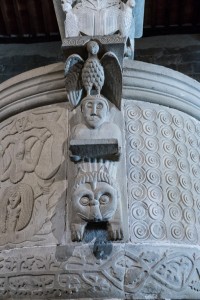 The mill has a horizontal wheel and vertical shaft, which I thought was unusual. I mean, I’ve seen lots of vertical wheels, but never a horizontal one. If you click on the photo (thus enlarging it), you might be able to make out the vertical shaft just inside the left arch of the mill…I know, I should have taken a better photo of it, but Stefano told me about it only after we’d left the town. Bother. I’m not that good on noticing details, sometimes…
The mill has a horizontal wheel and vertical shaft, which I thought was unusual. I mean, I’ve seen lots of vertical wheels, but never a horizontal one. If you click on the photo (thus enlarging it), you might be able to make out the vertical shaft just inside the left arch of the mill…I know, I should have taken a better photo of it, but Stefano told me about it only after we’d left the town. Bother. I’m not that good on noticing details, sometimes…
Loro Ciuffenna also has an asymmetrical Roman bridge that was left intact by the Germans because it was too narrow for tanks to be able to cross it. Unfortunately, I have terrible photos of the Roman bridge, too! Oh well. We’re planning to go back there, anyway.
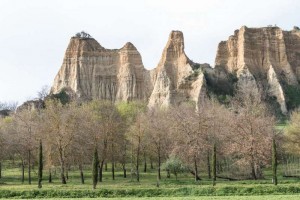 After walking around Loro Ciuffenna and then visiting the interesting, Romanesque church of San Pietro a Gropina, located in a very pretty and very peaceful setting, we had lunch in a lovely little restaurant…mmmh, simply delicious food (a very good reason to go back!!!), and then set off for “Le Balze,” which literally means “rocky crags.”
After walking around Loro Ciuffenna and then visiting the interesting, Romanesque church of San Pietro a Gropina, located in a very pretty and very peaceful setting, we had lunch in a lovely little restaurant…mmmh, simply delicious food (a very good reason to go back!!!), and then set off for “Le Balze,” which literally means “rocky crags.”
We would have missed Le Balze entirely if, by pure chance, I had not caught a glimpse of them in an article I’d read about Loro Ciuffenna early that morning, before we left Florence. And that would have been such a shame…
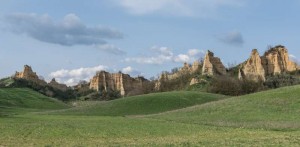 Le Balze were formed by the sediments of a prehistoric lake that, two million years ago, was 20 kilometers long. When the lake started disappearing, throughout the millennia, it left these weird-looking rock formations of clay and sand that can be as much as 100 meters high.
Le Balze were formed by the sediments of a prehistoric lake that, two million years ago, was 20 kilometers long. When the lake started disappearing, throughout the millennia, it left these weird-looking rock formations of clay and sand that can be as much as 100 meters high.
Curious fact: if you look closely at the background of Leonardo’s “Gioconda,” you will be able to see these rock formations. No kidding. yes, Le Balze are right there, in the “Gioconda.”
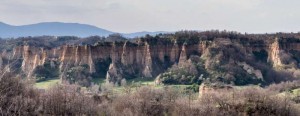 Le Balze have been compared to Bryce Canyon, in Utah. We want to go back and explore the area more carefully, because on Saturday we managed to see only two of these Balze, but there are actually quite a number of them, scattered all over the area around Loro Ciuffenna and Castelfranco di Sopra. Beautiful colors, too, don’t you think?
Le Balze have been compared to Bryce Canyon, in Utah. We want to go back and explore the area more carefully, because on Saturday we managed to see only two of these Balze, but there are actually quite a number of them, scattered all over the area around Loro Ciuffenna and Castelfranco di Sopra. Beautiful colors, too, don’t you think?
We ended our Balze-filled day with a quick dinner at our friends’ home…and, of course, furiously playing cards…A lovely Saturday! 🙂
Note: you can click on the photos to enlarge them…








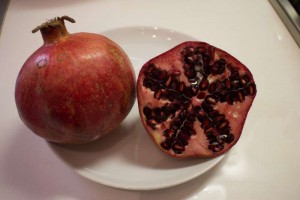
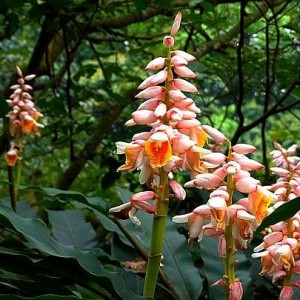
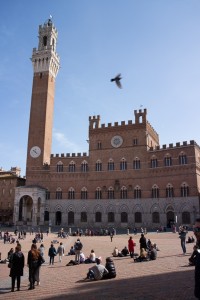
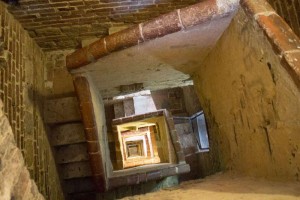
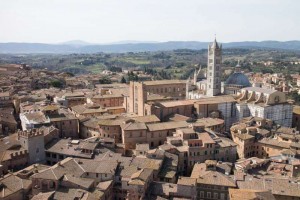
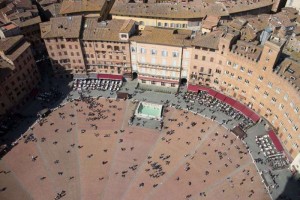
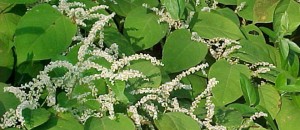 The description sounds quite innocuous, but in fact this plant is far from innocuous. It’s a terribly invasive, almost impossible-to-get-rid-of WEED that can take over huge expanses of land if unchecked, and its rhizomes can even cause extensive damage to building foundations, walls, and whatnot. Okay, well, there go my first thoughts of planting some in the back yard. Oooops, not happening!!!
The description sounds quite innocuous, but in fact this plant is far from innocuous. It’s a terribly invasive, almost impossible-to-get-rid-of WEED that can take over huge expanses of land if unchecked, and its rhizomes can even cause extensive damage to building foundations, walls, and whatnot. Okay, well, there go my first thoughts of planting some in the back yard. Oooops, not happening!!!